Father Nathaniel
In Greenwood, Father Nathaniel Machesky offered the facilities at St. Francis of Assisi Mission to distribute supplies to aid the poor. A native of Detroit, he came to the Delta in 1950 and established the mission to aid poor Black Mississippians. When local banks refused loans to Black people, Father Nathaniel established the St. Francis Federal Credit Union. Father Nathaniel supported the Greenwood Movement but tried to remain behind the scenes to protect the mission’s efforts to aid the poor. But when Northern friends began bringing supplies, Father Nathaniel made his facility available for food distribution. His activism would make him the target of night-rider attacks and death threats in the coming years.
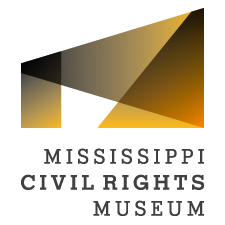
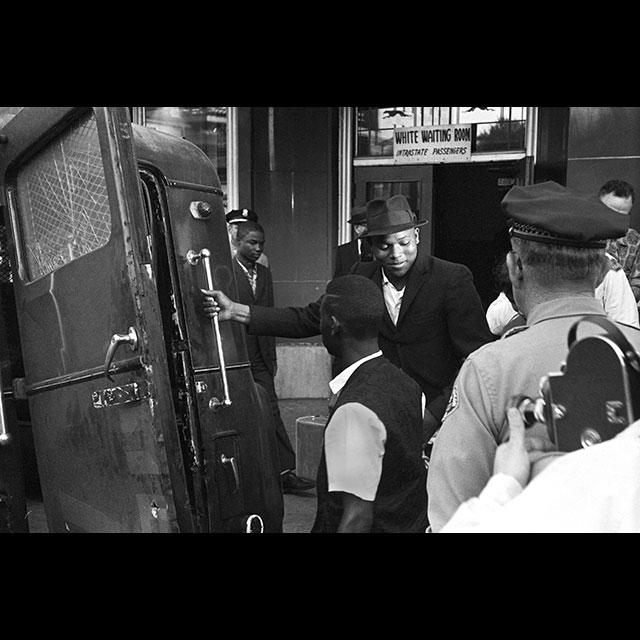
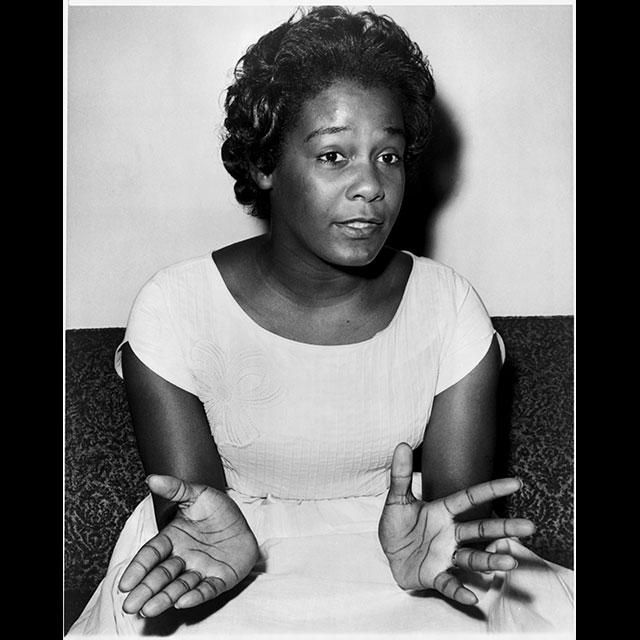
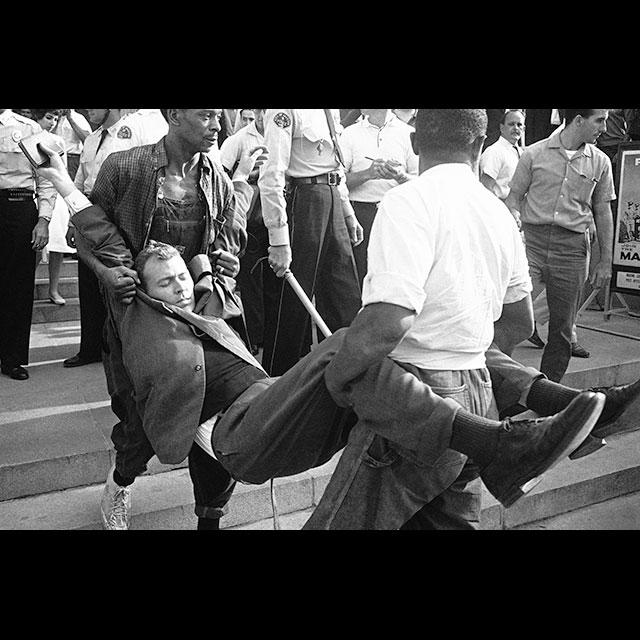
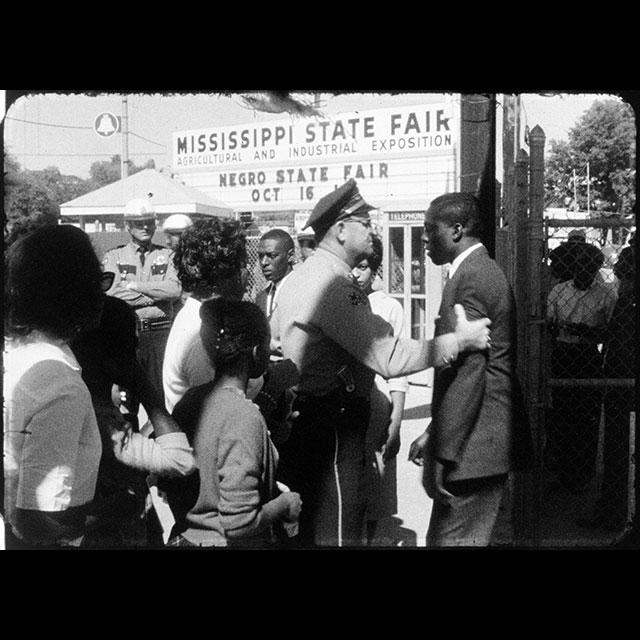
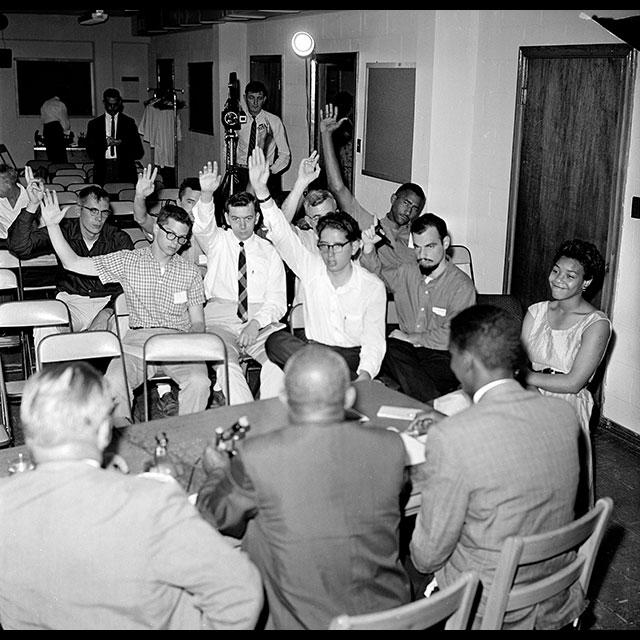
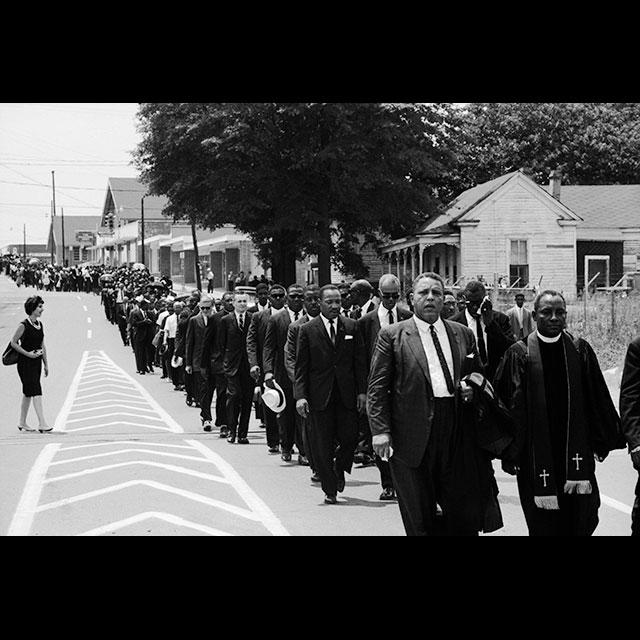
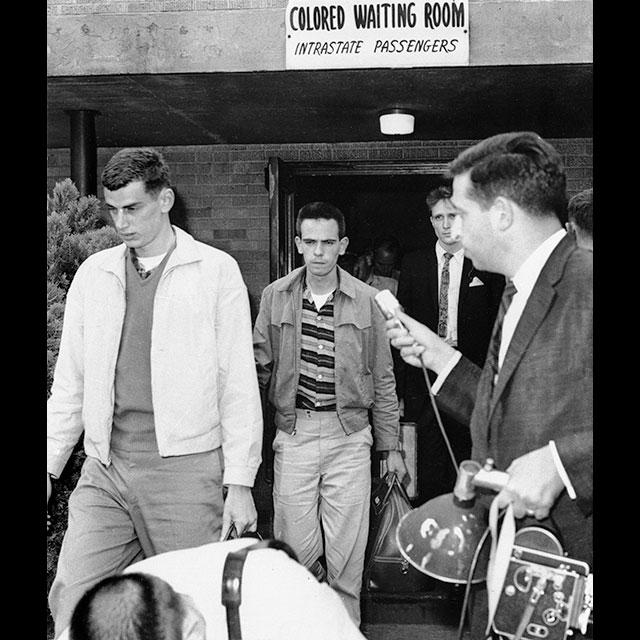
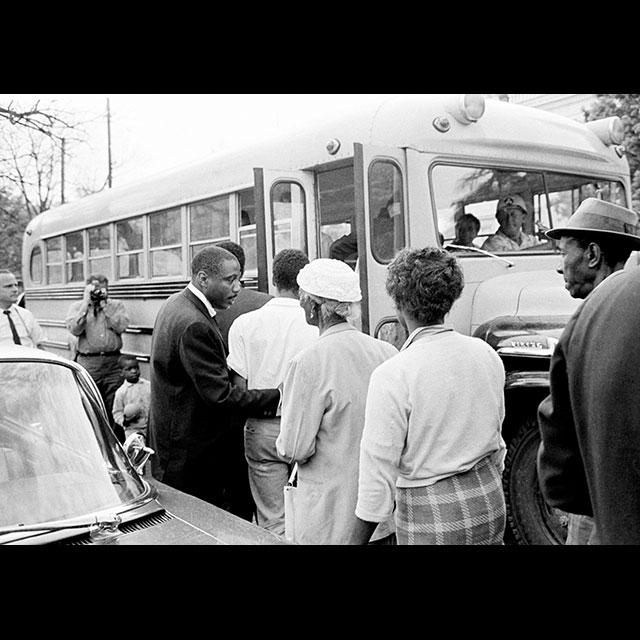
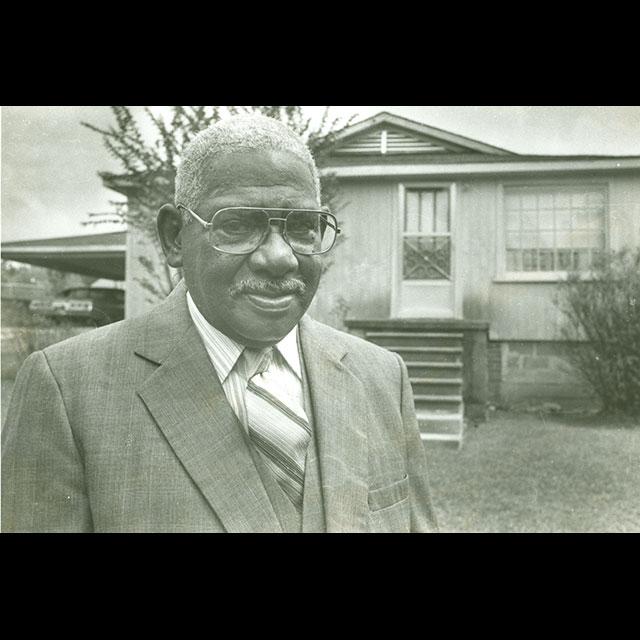
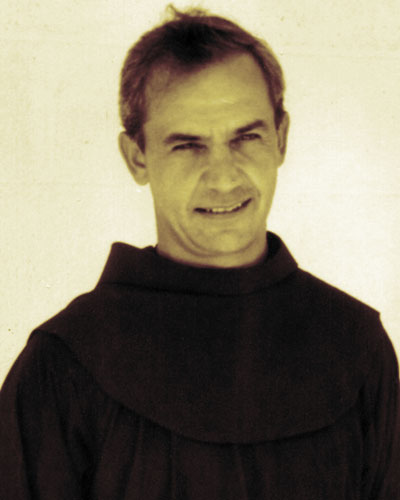
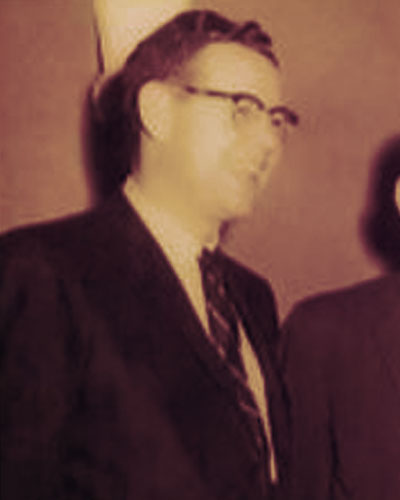
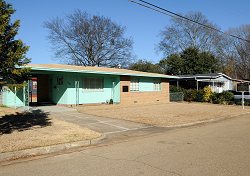 Home and assassination site of famed civil rights activist
Home and assassination site of famed civil rights activist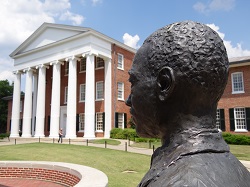 Honors James Meredith and all those who fought for equal educational opportunities
Honors James Meredith and all those who fought for equal educational opportunities